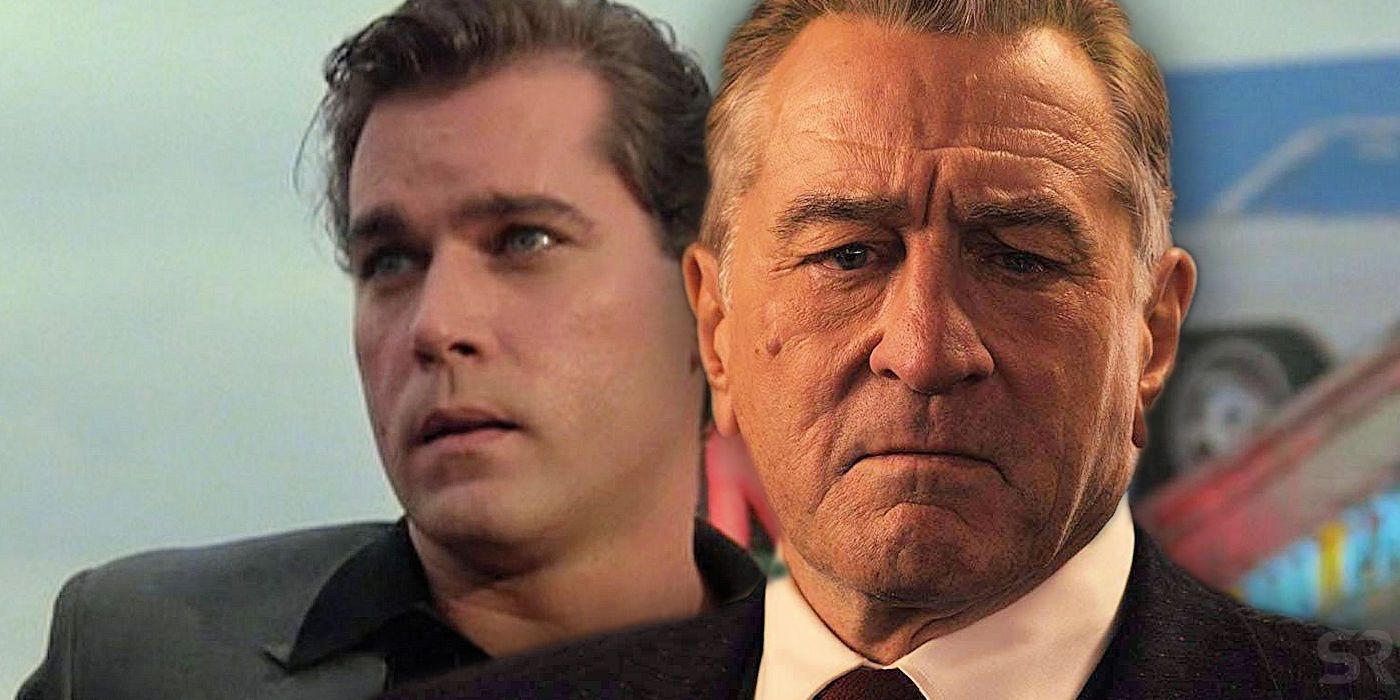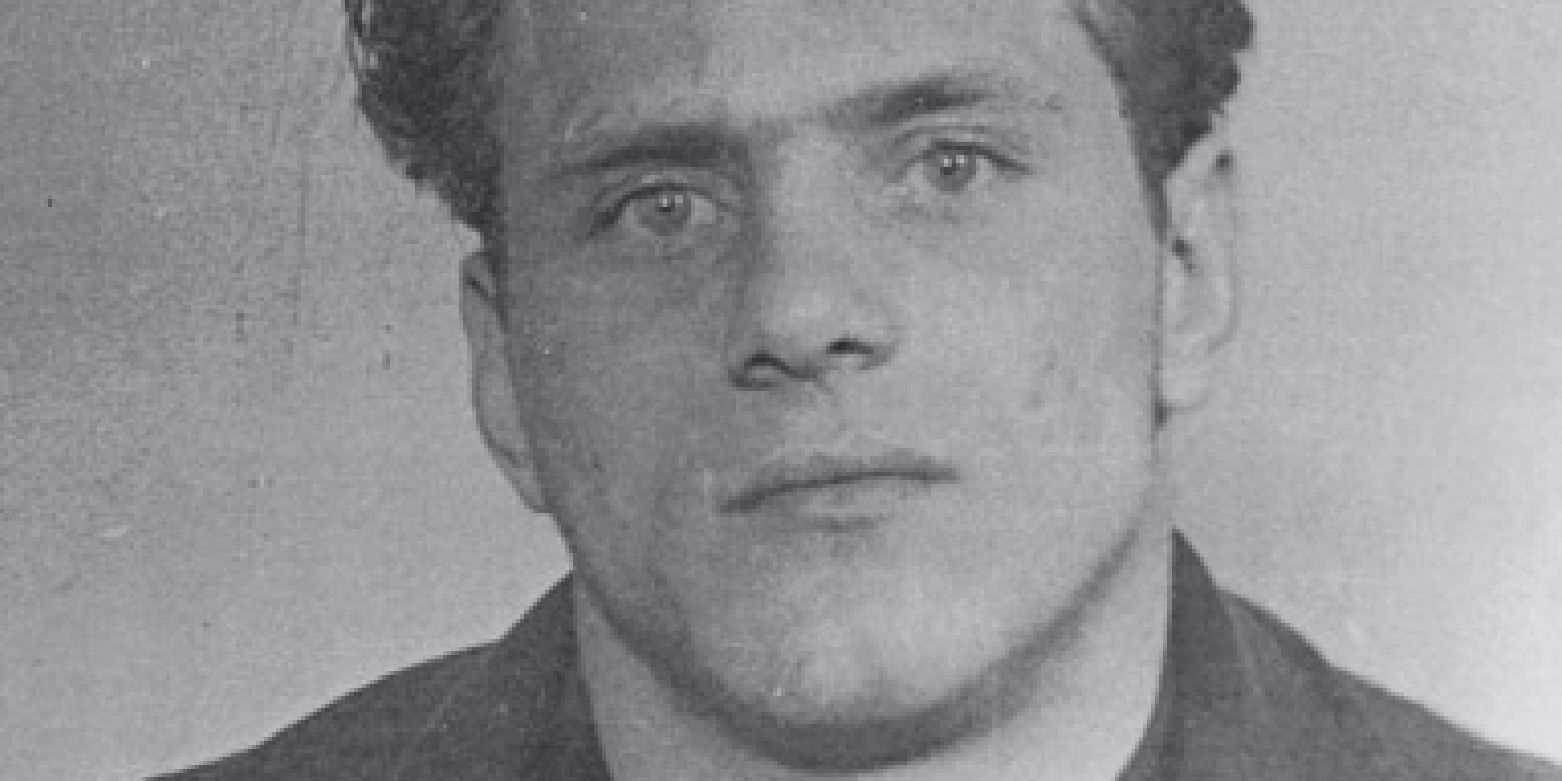
Directed by Martin Scorsese, The Irishman bears many thematic similarities to Goodfellas, and both films directly reference a real-life mobster known as “Crazy Joe”. Both Goodfellas and The Irishman are based on real stories about unreliable narrators. For Goodfellas, Scorsese adapted Nicholas Pileggi's 1985 book Wiseguy, an account of the mobster-turned-informant Henry Hill, portrayed by Ray Liotta.
The storyline details the subject’s immersion into the New York City underworld as a teenager during the ‘60s, and his professional relationship with “The Irishman” Jimmy Burke, who was renamed Jimmy Conway in Goodfellas and portrayed by Robert De Niro. Scorsese’s 2019 film The Irishman focuses on an entirely different person, Frank “The Irishman” Sheeran (De Niro), whose life story and murder confessions were detailed in Charles Brandt’s 2004 book I Heard You Paint Houses. The Netflix adaptation shows how Sheeran met Philadelphia mobster Russell Bufalino (Joe Pesci), and later developed a strained relationship with Teamsters leader Jimmy Hoffa (Al Pacino).
Related: The Irishman Cast & Character Guide
Midway through The Irishman, Hoffa clashes with gangster Tony “Tony Pro” Provenzano (Stephen Graham) in jail. As Santo & Johnny’s “Sleep Walk” plays, the film transitions to Sheeran recalling about how “right then, you knew it was all gonna fall apart,” which sets up a slow motion sequence about the June 1971 public shooting of mob boss Joseph Columbo (the shooting was believed to have been ordered by Joe Gallo aka Crazy Joe; a man named Jerome Johnson was the gunman). This is The Irishman's reference to the early ‘70s events that ultimately led to Crazy Joe’s April 1972 assassination at Umberto’s Clam House in Manhattan’s Little Italy. The thing is, in Goodfellas, Crazy Joe’s early ‘60s war with the Profacis is also referenced.

In Goodfellas, De Niro’s introduction as Conway is directly preceded by a reference to Joe Gallo. Henry, through voiceover narration, reflects about a “glorious time” when the wise guys were “all over the place” and “before Crazy Joe decided to take on a boss and start a war.” Seconds later, De Niro appears and the film properly kicks off for a story about when Henry “first met the world.” The Crazy Joe mention references when Gallo - a hitman for the Profaci crime family - led an uprising against his bosses and attempted a mass kidnapping. He then proceeded to seek more power, and started a proper gangland war. In 1961, Gallo was convicted of extortion and spent the next decade in the Attica Correction Facility. When he returned to New York in 1971, he had formed jailhouse relationships with African-Americans (including Nicky Barnes) and played by his own rules once again. This is the backdrop for the extended Gallo sequence in Scorsese’s The Irishman.
In reality, Gallo’s murder was never solved. But The Irishman is based on Sheeran’s confession that he not only murdered Hoffa, but also killed Crazy Joe. After the Colombo slo-mo sequence, Bufalino discusses the Columbo shooting with Sheeran, who - through voiceover narration - states that “there’s only one guy that would have the balls, the nerve, the audacity to do that." Enter Sebastian Maniscalco as Gallo, who receives approximately five minutes of screen time in The Irishman. Scorsese, in another nod to a past classic, recreates a famous Taxi Driver gun sequence as Sheeran prepares to execute Crazy Joe.
from ScreenRant - Feed https://ift.tt/2sxFted
via IFTTT







0 comments:
Post a Comment